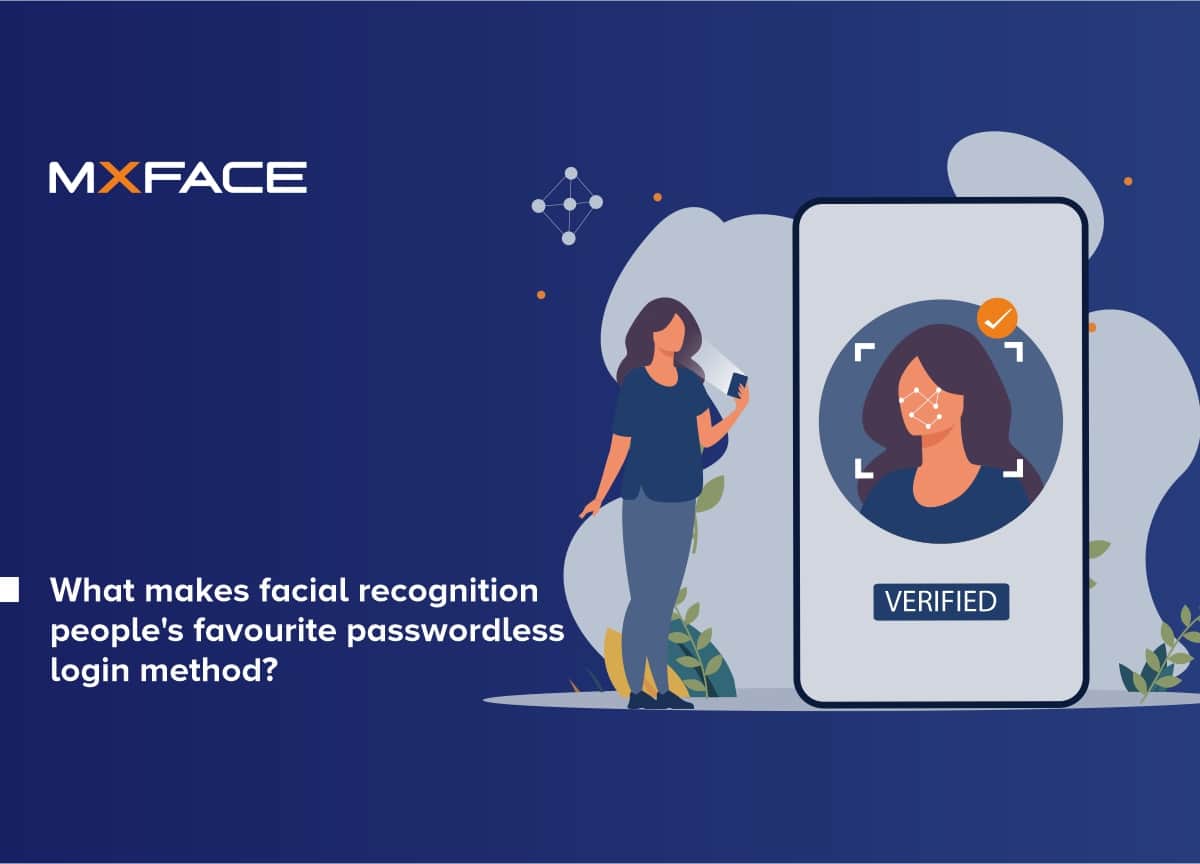How To Make Your Facial Recognition Password less Login Method

Passwords are now stepping aside for contactless authentication methods, preferably facial recognition. Passwords are still one of the most commonly used authentication methods. They are, however, accused of being easily copied and, at times, predictable. Hackers sometimes predict passwords from the hints they get from their social media accounts, like date of birth, pet name, and other details. And according to a study conducted by agencies in the European Union, many people still use passwords like 1234, which are very easy to predict. Hence, it's easy to fake someone's identity with a password.
However, biometric authentication has emerged as a potential option since it is difficult to forge. You may know the mainstream biometrics like fingerprint, iris, face, palm recognition, etc. Face recognition, in particular, holds a unique place in people's minds for several reasons. Soon, it turned out to be the most promising authentication method for both indoor and outdoor applications.
In fact, iris, retina, voice, and fingerprint are promising technologies, but face recognition is effortless to integrate.
Reasons why facial recognition is becoming people's favourite
Seamless authentication
The main reason for the widespread use of facial recognition is that it does not require any physical interaction to validate a person. It can be in any position but focuses on people and identifies them when they come into its range. The identifier must stand in front of the camera or pass through, whether part of door access control or security locks. In the case of electronic devices such as laptops, smartphones, and tablets, their camera spots their owner as they open the screen. Companies provide multifactor authentication, which combines face recognition with PINs or other methods to ensure security.
Also read: Facial Recognition Access Control for Industries: Things You Must Know
Security and accuracy
Unlike fingerprint sensors, facial recognition ensures the identifier is physically present before the system. Even if a person's face is only partially visible, a smart facial recognition system can identify them. It means it can identify a person wearing a mask, spectacles, cosmetics, etc.
Facial recognition also offers a liveness detection technique, i.e., it verifies the sample given is alive skin. It can detect anything presented as non-living, like synthetic masks or cosmetics used to conceal the true face. Along with the ease of identification, it also provides the most effortless liveness detection.
Windows Hello
One of the main reasons people are shifting to facial recognition is that it is possible with Window Hello. Windows Hello offers windows users the convenience of biometric authentication (including fingerprint, face, and iris). It enables biometric authentication for unlocking computer systems and applications like windows apps and web apps (social media apps, cloud services, banking sites, etc.).
Windows Hello is also foolproof. In the latest versions, Windows Hello offers the detection of a 3D face image with the hardware support of the Intel RealSense camera. RealSense is a sophisticated set of three sensors, one for infrared, colour, and three-dimensional perception.
Also read: Best Applications Of Facial Recognition Technology That will amaze you
Conclusion:
Facial recognition is the most convenient method we have now and will continue to be so. But still, passwords and OTPs are mandatory for many online processes, like banking and government verification. Face recognition is crucial as a multifactoral option in those portions as well. Passwords will be supplanted by biometrics sooner or later. In this instance, face recognition will be the favored option.


Comments